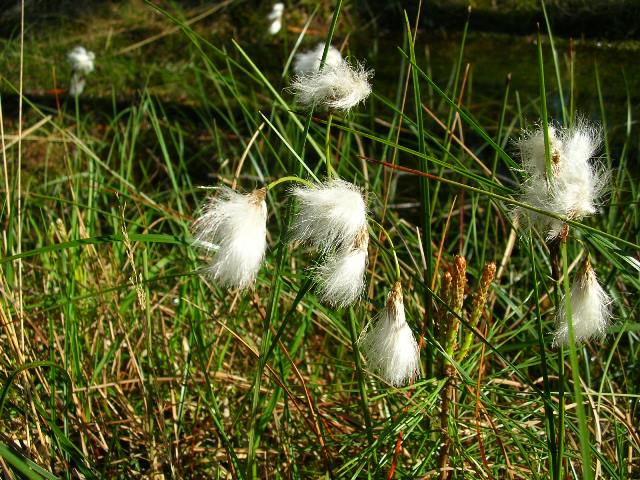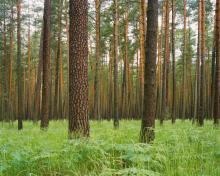 Asset Publisher
Asset Publisher
Nature conservation
In spite of great part of pine trees in specific composition of tree stand, Lubusz Forests are characterised by great richness of fauna, flora and fungus. There are stands of many endangered species of plants and animals, some of which are written down in Polish Red List of Plants and Polish Red List of Animals.
The richness of our forests is testified by the occurrence of about 441 of protected species altogether, including 390 species under strict protection and 51 under partial protection.
Plants – 136 of protected species including 27 ones under partial protection.
Fungus - 32 of protected species including 9 ones under partial protection.
Animals - 273 of protected species including 15 ones under partial protection.
The most numerous group of protected animals are birds. In fact, almost 175 species of birds live in local forests. There also occur 7 species of reptiles and 14 species of amphibians. Besides, in flowing rivers and the hidden forest lakes, there live 55 different species of fish (including 7 under protection) and 2 species of lampreys. Among invertebrates, there are also 40 species under protection.
At the same time , Lubusz Forests are the place, where many dying breeds live, at the same time having crucial meaning for national resources. These are: wolfs, dormice, capercaillies, fish hawks , red kites, white-tailed eagles, eurasian pygmy owls, pond turtles, smooth snakes and rare beetles as: a stag beetle, a great capricorn beetle and a hermit beetle.
In Lubusz Forests, there are natural areas, that are unique on Polish and European scale, among others:
- The area of Nature 2000 in Nietoperek – place of wintering (also called hibernaculum) for bats with the European meaning, where 30 000 of bats representing 14 species may hibernate to survive the winter,
- agglomeration of rare species and habitats (broad patches of Rhynchosporetum areas with beak sedge found in fairly acidic wetlands and waterlogged moss-grown territories with cross-leaved heath) with Atlantic range in western part of Lower Silesian Wilderness,
- Oder Valley with well sustained riparian forest complexes, as well as oak-elm-ash forests and numerous populations of water and marsh birds.
The main element endangering biodiversity is the appearance of invasive species to the indigenous fauna and flora, introduced by humans. On the one hand, within our area, among animals the most dangerous for local nature are: a racoon dog, an American minks, anorconectes limosus and a red-eared sliders. On the other hand, there are also very dangerous and invasive species among plants, such as: a steeplebush, which ranges over peat-bogs, an impatiens parviflora and a knotweed, which seriously endanger biodiversity of this region. Lubusz Forests are also the centre of black locust availability - the breed, that badly deforms natural forest ecosystems.
Summing up, Lubusz Forests constitute an important area for biodiversity of the country. The most valuable nature and landscape places are taken under different types of nature conservation, as defined by the Act on Protection of Nature of 16 April 2004:
Forms of conservation of nature within the area of RDLP in Zielona Góra (dated on 01.01.2013)
|
Forms of conservation |
Number of objects |
The area in hectares |
| Nature Reserves |
31 |
1 614,05 |
|
Areas of Nature 2000 - Special Protection Areas – SPA (Polish abbreviation OSOP) |
6 |
56 980,74 |
|
Areas of Nature 2000 - Special Areas of Conservation – SAC (Polish abbreviation SOOS |
45 |
58 213,26 |
|
Landscape Parks |
4 |
21 877,19 |
|
Areas of Protected Lanscapes |
24 |
179 335,57 |
|
Landscape-Nature Protected Complexes |
2 |
106,01 |
|
Natural Monuments |
446 |
95,88* |
|
Ecological Lands |
210 |
1736,93 |
|
Protection Zones |
61 |
3698,71** |
* - areal natural monuments
** - including the total area of yearlong zones (compact) 850,72 hectares
Marek Maciantowicz










